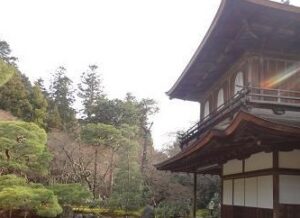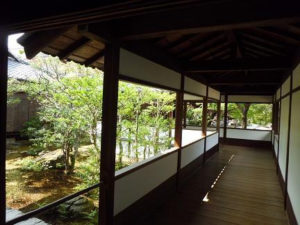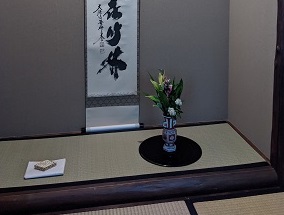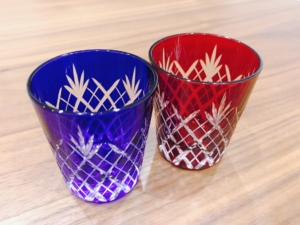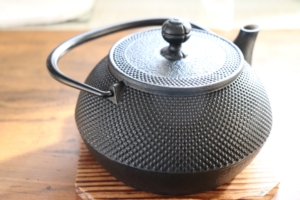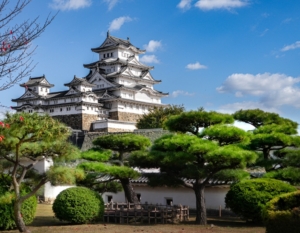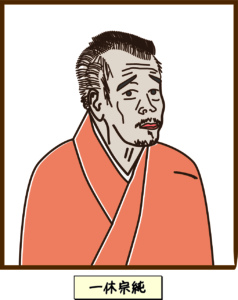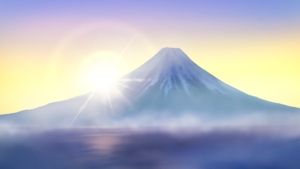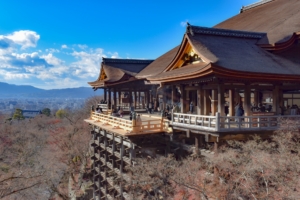I would like to introduce the history of the tea ceremony.
First of all, it is said that tea was first brought to Japan from mainland China in the 7th to 9th centuries.
The tea at that time was like what we now call oolong tea.
At that time, the tea was never common in Japan.
Later, when Zen Buddhism came from China during the Kamakura period (12th to 14th centuries), matcha was brought in along with the advanced culture of China.
Originally, tea was drunk by Zen Buddhist monks to awaken their drowsiness during their training.
Also, at this time, a kind of game called “Tocha” will become very popular.
Tocha is a game in which you drink tea from each production area and guess whether it is Toganoo tea or tea from other production areas.
With the advent of Oda Nobunaga at the end of the Warring States period, the era of Sen no Rikyu is finally here.
Nobunaga gave his servants tea utensils instead of land as a reward for the war. By doing so, daimyo all over the country worked on the tea ceremony.
At that time, Sen-no-Rikyu will revolutionize the world of tea and make Wabi-cha, which will lead to the modern tea ceremony.
We will change the values that we were grateful for foreign-made gorgeous tools and push domestic tools to the front.
However, after that, for unknown reasons, Rikyu was ordered by Toyotomi Hideyoshi to perform seppuku.
In the Edo period, when a peaceful era without war comes, tea will also enter an era of prosperity.
In the Edo period, tea was very popular not only among samurai but also among tradesmen.
Tenshin Okakura, an artist in the Meiji era, wrote “The Book of Tea” in English and introduced the tea ceremony overseas.
Since then, the tea ceremony has become one of Japan’s leading cultures.
